
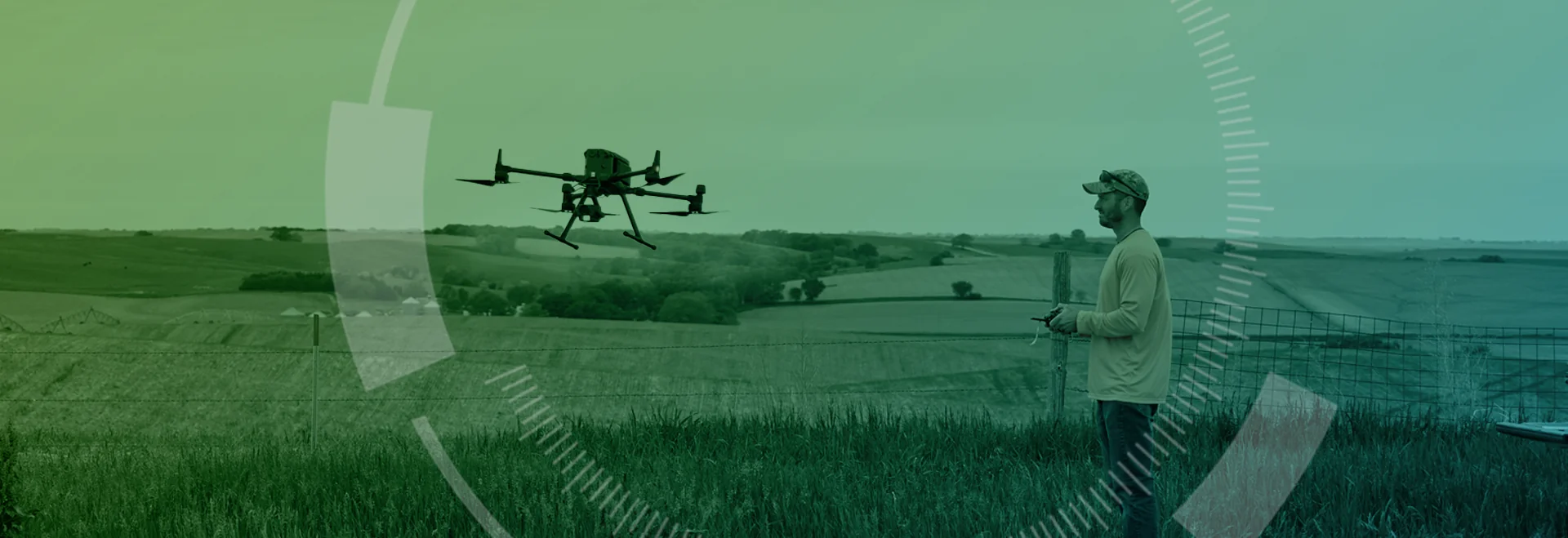
In-season crop scouting is critical—but let’s be honest, timing it right can be complicated. Growth stages don’t always follow the calendar. Conditions change, weather delays field access and trying to fly every field “on demand” just isn’t practical at scale.
At Taranis, we set out to create a full-season flight program that’s as close to perfect timing as possible—without promising appointments we can’t guarantee or relying on textbook growth stages that real-world crops rarely follow.
So how did we do it? By developing a data-backed mission cadence built on agronomic priorities, regional experience, and a GDU-based model that actually works.
Through years of testing and grower feedback, we landed on six strategically-timed flight missions to deliver high-value insights across the most critical decision windows of the season. It’s not arbitrary. It’s a carefully choreographed sequence designed to cover:
Early emergence and stand assessment
Weed pressure and herbicide validation
Nutrient deficiencies and insect threats
Disease onset and late-season control
ROI-driving decisions from planting to harvest
Our goal: deliver timely, actionable, and profitable insights—not just snapshots.
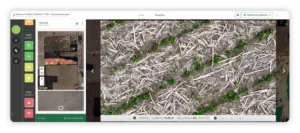
You won’t see us offering “flights by appointment” or guaranteeing we’ll hit V5 on the nose. Crops develop differently across regions, hybrids, and conditions. That’s why we use a proprietary algorithm driven by GDU accumulation and best-practice agronomy to time each mission.
We anchor our first mission on actual planting dates and local soil temps to predict early emergence. From there, each flight builds off the previous one—layering data that adds context, confirms impact, and informs next steps.

Mission 1 (GDU-triggered at ~120 GDUs)
Target: VE
Stand count and early emergence evaluation
Weed pressure baseline for herbicide timing
Replant decisions and field prioritization
Mission 2 (~10 days later, ~V2-V3)
Post-emerge weed control review
Herbicide efficacy assessment
Weed escapes, species ID
Insect pressure for non-GMO hybrids
Mission 3 (~10 days later, ~V4-V5)
Final chance to catch escapes
Nutrient deficiency indicators emerge
Critical scouting window before canopy closure
Mission 4 (~20 days later, ~V10-V12)
Nutrient stress + insect alerts
Vigor analysis during rapid growth
Timely insight for sidedress or foliar applications
Mission 5 (~18 days later, ~VT)
Early disease pressure detection
Spray timing validation
Opportunity for proactive fungicide application
Mission 6 (~18 days later, ~R1-R2)
Late-season disease + spray efficacy
Monitor fungicide performance
Determine second spray needs

Mission 1 (GDU-triggered at ~260 GDUs)
Target: V1
Emergence and population insights
Early weed mapping for first-pass herbicide planning
Mission 2 (10 days later, ~V2-V3)
First post-emerge evaluation
Herbicide impact and second pass decisions
Early insect detection
Mission 3 (10 days later, ~V4-V5)
Weed escapes + nutrient flagging
Confirm clean fields or act quickly
Mission 4 (20 days later, ~R1-R2)
Nutrient stress + insect activity
Detect signs of yield-impacting deficiencies
Time foliar applications when they matter most
Mission 5 (18 days later, ~R4-R5)
Early disease + defoliation tracking
Gauge crop health at peak reproductive stage
Mission 6 (18 days later, mid-late R5)
Late disease, second fungicide validation
Ensure clean finish and protect pod fill
Six missions. One full story. Taranis flights aren’t scheduled by guesswork or convenience—they’re powered by agronomic logic and the need for speed in decision-making.
With every pass, we equip advisors and growers with the insights they need to act fast, validate recommendations and stay ahead of threats.
That’s the power of a season-long strategy, backed by the world’s largest library of leaf-level crop intelligence.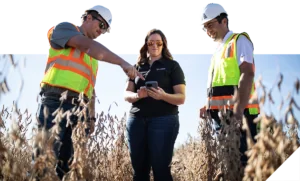
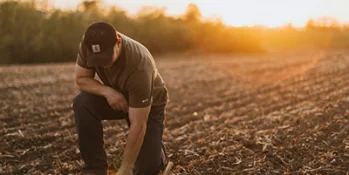
For Central Valley Ag’s (CVA)Trevor Cox and his team, those weeks through April and into the first half of May are where the rubber meets the road. Those weeks see the recommendations that led to on-farm decisions become reality. Those weeks launch #Grow24.

This is the first blog in a series where we will discuss AI technology and how to apply it to Precision Agriculture methodologies and how, ultimately, AI can take your farm to a new level of efficiency and prosperity.
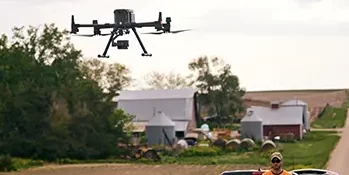
Because we are one of the nation's largest drone operators in agriculture, we often are asked, "Is it legal for drones to fly over my farm?"